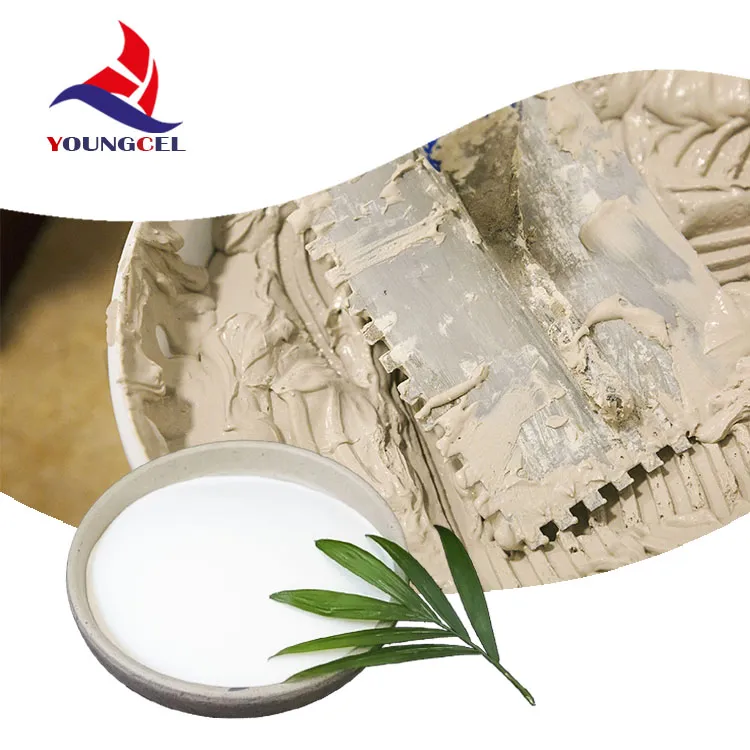Understanding Chemical Paints Composition, Benefits, and Applications
Chemical paints, also referred to as synthetic paints, have revolutionized the way we think about surface finishing and aesthetics in various applications. With advancements in chemistry and technology, modern chemical paints offer superior performance, durability, and versatility compared to traditional paints. In this article, we will explore the composition, benefits, and various applications of chemical paints.
Composition of Chemical Paints
The primary components of chemical paints include resins, solvents, pigments, and additives.
1. Resins Resins are the backbone of chemical paints and serve as binders that hold the pigment particles together while adhering them to the surface. Common types of resins used in chemical paints include acrylics, polyurethanes, epoxies, and alkyds. Each type of resin brings its unique properties to the paint, affecting its durability, flexibility, and resistance to environmental factors.
2. Solvents Solvents are crucial for reducing the viscosity of the paint, allowing for easy application. They help in dissolving the resin and wetting the surface to provide a smooth finish. Solvent-based paints use organic solvents, while water-based paints utilize water as the primary solvent, which is more environmentally friendly and generally has lower levels of volatile organic compounds (VOCs).
3. Pigments Pigments are responsible for the color and opacity of the paint. They are finely ground particles that can either be organic or inorganic in nature. The choice of pigment affects the colorfastness, lightfastness, and overall appearance of the paint.
4. Additives Various additives are included in chemical paints to enhance their properties. These may include anti-foaming agents, drying accelerators, anti-settling agents, and UV stabilizers. Additives play a crucial role in improving the overall performance and usability of paint products.
Benefits of Chemical Paints
Chemical paints offer a host of advantages that make them a preferred choice in various industries
1. Durability Chemical paints are known for their excellent durability and resistance to weather, chemicals, and abrasion, making them ideal for both interior and exterior applications. Their ability to withstand harsh conditions contributes to longer-lasting finishes.
2. Versatility These paints can be formulated to meet specific needs, allowing for a wide variety of finishes, textures, and applications. They can be used on different surfaces including wood, metal, concrete, and plastic.
chemical paint

3. Quick Drying One significant advantage of chemical paints, particularly solvent-based options, is their rapid drying time. This feature is particularly beneficial in commercial settings where time efficiency is critical.
4. Low Maintenance The resilience of chemical paints often translates into lower maintenance requirements. Surfaces treated with chemical paints typically require less frequent repainting and touch-ups.
5. Environmental Considerations The development of low-VOC and water-based chemical paints has made it possible to achieve high performance while minimizing harmful emissions, thus making them a more environmentally friendly option.
Applications of Chemical Paints
The versatility of chemical paints allows for widespread applications across different fields
1. Automotive Industry In the automotive sector, chemical paints are used for both protective and decorative purposes. They provide excellent finishes that enhance the vehicle's appearance while protecting against rust and corrosion.
2. Industrial Coatings Chemical paints are widely used in various industrial applications, including machinery, equipment, and structural components, where robust protection against chemical exposure and wear is necessary.
3. Architectural Coatings In buildings and infrastructure, chemical paints play a vital role in aesthetic enhancement and surface protection. They are used for both interior and exterior walls, floors, and ceilings.
4. Marine Applications Specialized chemical paints are developed for marine environments, providing protection against saltwater, UV radiation, and barnacle growth.
Conclusion
Chemical paints have become an integral part of modern finishing processes across various industries. Their unique properties and benefits make them a suitable choice for a plethora of applications, ensuring both aesthetic appeal and functional durability. As technology continues to advance, we can expect even more innovations in chemical paint formulations that will further enhance their performance and environmental sustainability.
-
The Application and Significance of Construction RdpNewsMay.19,2025
-
Industrial Grade HpmcNewsMay.19,2025
-
Building Coating Adhesive Building Coating Adhesive HpmcNewsMay.19,2025
-
Application Of Hpmc For Detergent For Detergent In DetergentsNewsMay.19,2025
-
Application Of Hpmc Cellulose In Cement-Based MaterialsNewsMay.19,2025
-
Application Of High Quality Hpmc For Construction In The Field Of ConstructionNewsMay.19,2025




